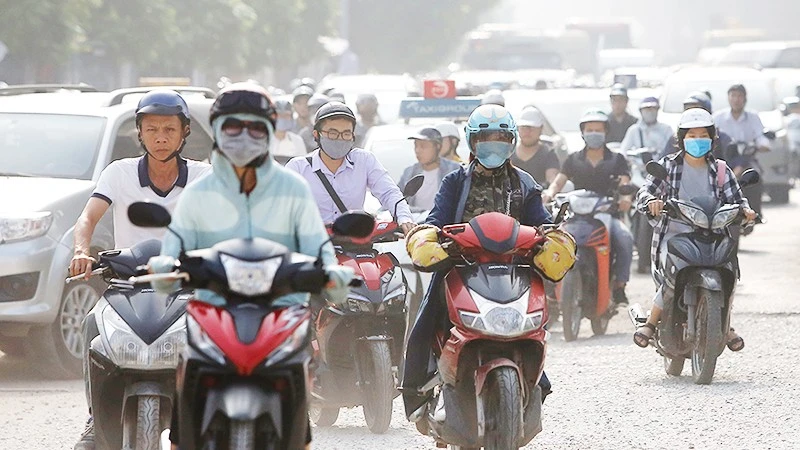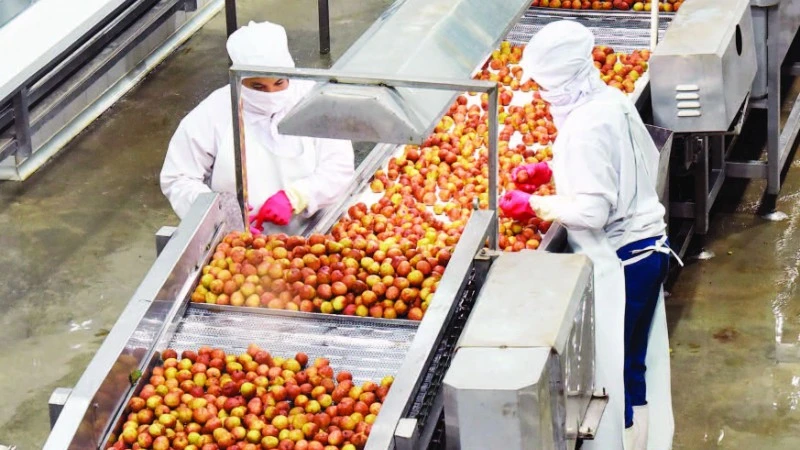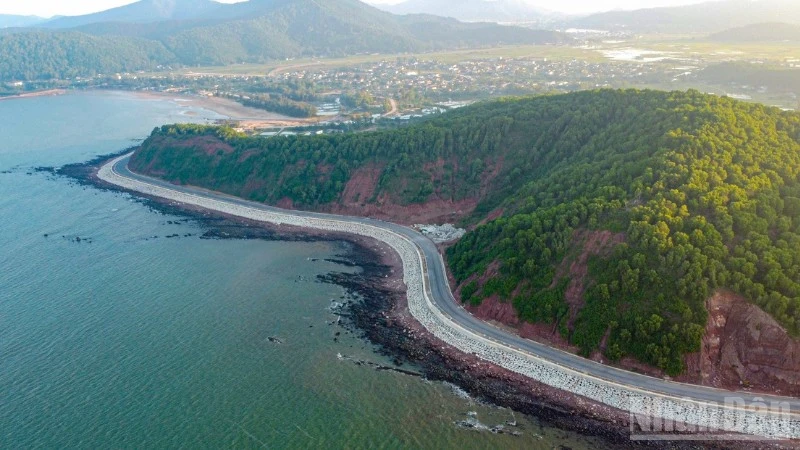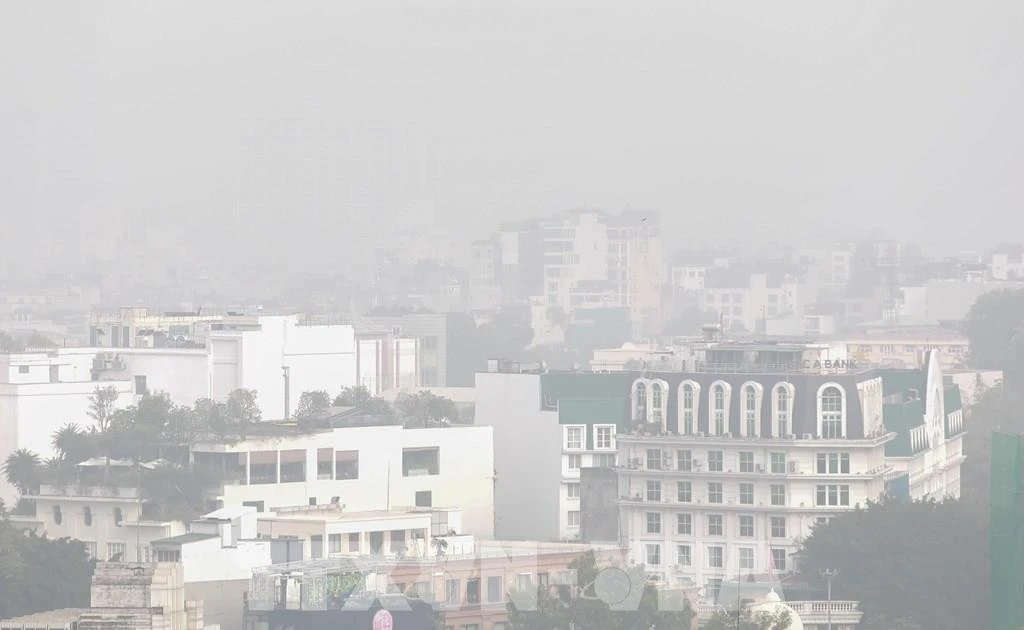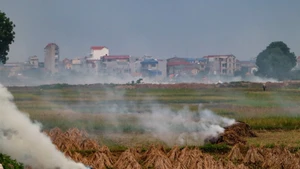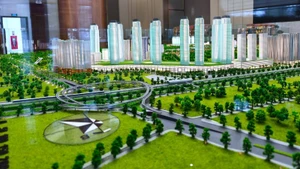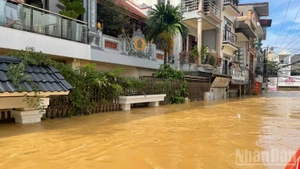Up until now, Vietnam has identified more than 61,000 species. Nearly 89,000 genetic resources/samples of different groups have been collected and stored. The percentage of forest cover tended to increase over recent years.
However, the inland wetland ecosystem and biodiversity level have been reduced. Natural tidal flats are impacted by increased aquaculture. Coastal lagoons are degraded to varying degrees and seagrass beds are reduced in area, while coral reefs in the sea are decreasing in size, including the coverage of live coral.
To prevent biodiversity loss in our country, on January 28, 2022, the Prime Minister issued Decision No. 149/QD-TTg, approving the National Biodiversity Strategy by 2030, with a vision for 2050.
According to this strategy, by 2030, expanding and improving the efficacy for the management of systems of natural heritages and nature reserves to reach the basic criteria, such as the area of an inland natural reserve, strives to reach 9% of land area; the protected sea and coastal areas accounts for 3 – 5 % of national natural sea area; 70% of nature reserves and natural heritage sites are assessed as management effectiveness; while national forest coverage rate remains stable from 42 – 43%.
Vietnam has identified more than 61,000 species; nearly 89,000 genetic resources/samples of different groups have been collected and stored. The percentage of forest cover tended to increase in recent years.
To achieve the set strategic objectives, as the lead agency, the Ministry of Natural Resources and Environment needs to focus on developing and perfecting policy documents, legal regulations, and technical guidance, on the conservation and sustainability using biodiversity.
Which, focuses on developing and promulgating a programme on the conservation of endangered, precious and rare species prioritized for protection; developing wetland ecosystem restoration projects, as well as mobilising resources, building capacity for biodiversity conservation and management; promoting research and pilot models of conservation and reintroduction into the wild of extinct species and repopulation of rare and endangered species prioritized for protection; implementing models and solutions to conserve nature and biodiversity in ecotourism activities, nature-based tourism in important nature reserves, ecological landscapes and other natural heritage sites; deploying models of access to genetic resources and benefit sharing, including protection of traditional knowledge related to genetic resources, as well as dissemination and replication of effective solutions, advanced models of conservation, restoration and sustainable using biodiversity.
Relevant ministries, branches and localities should closely coordinate propaganda and education to raise awareness of nature protection and wild species protection. It is necessary to build an eco-friendly culture; integrate biodiversity conservation into environmental protection content in educational programmes at all levels, especially raising awareness of law compliance and social responsibility for nature and diversity conservation biology of organisations and individuals; implement research on mechanisms and encouraging organisations, individuals and management agencies to sign and implement voluntary standards and commitments, on conservation of nature and biodiversity.
The State as well as ministries, branches and local authorities should have a mechanism to encourage and mobilise the participation of communities and businesses, to make financial investments for biodiversity conservation; implementing public-private partnership models in conservation and sustainable use of ecosystems and biodiversity; at the same time studying and promulgating financial policies to support the development of livelihoods of communities living in the buffer zone. It is necessary to have a new and breakthrough financial mechanism to mobilise resources for conservation and sustainability, using biodiversity per international conventions, that Vietnam has signed and international practices.
These are practical actions to conserve biodiversity, making an important contribution to environmental protection, disaster prevention and climate change adaptation in Vietnam.


